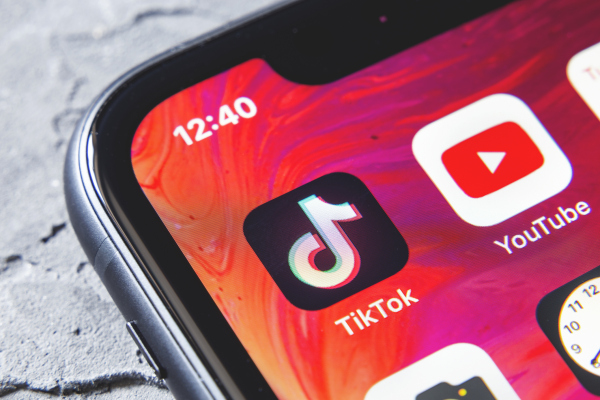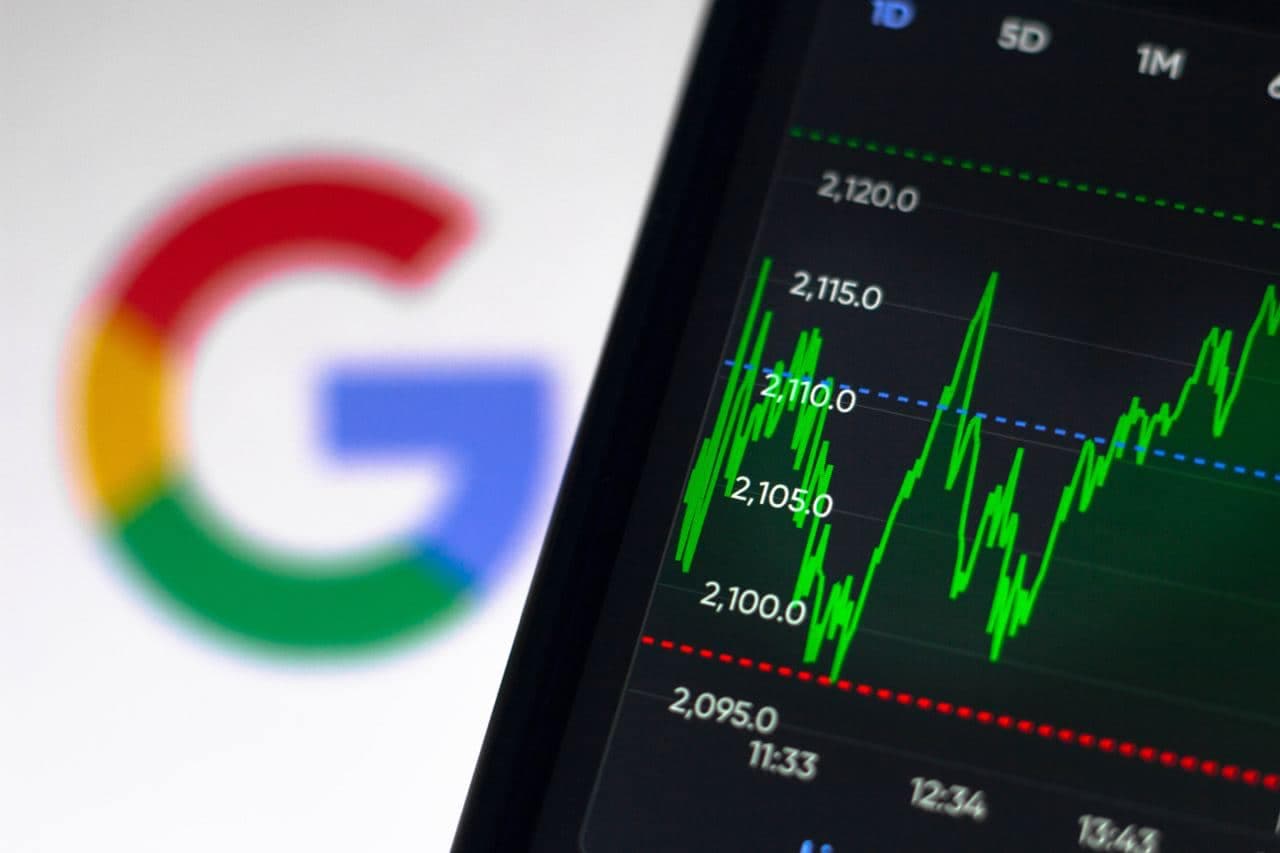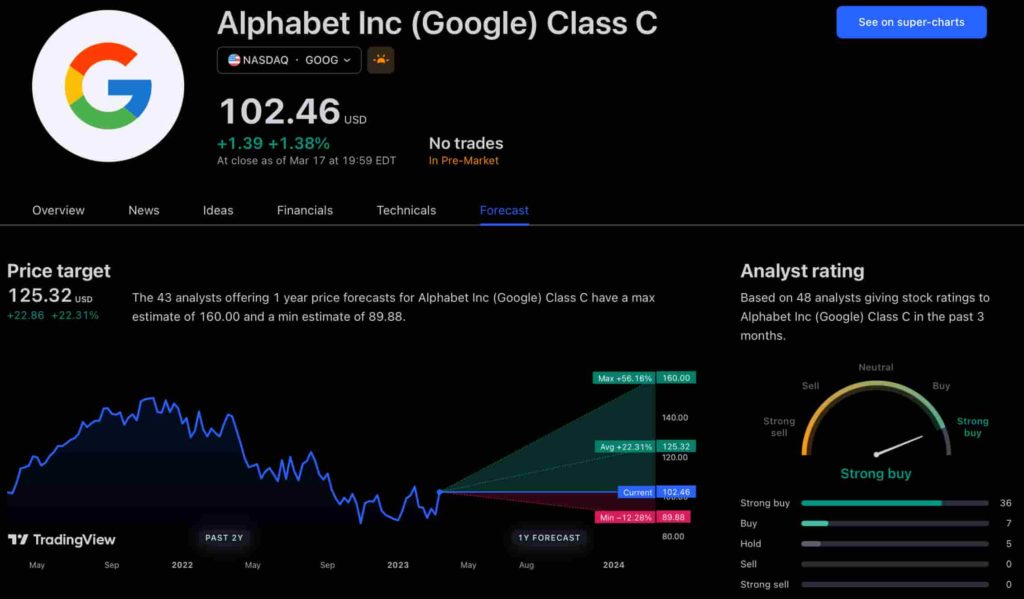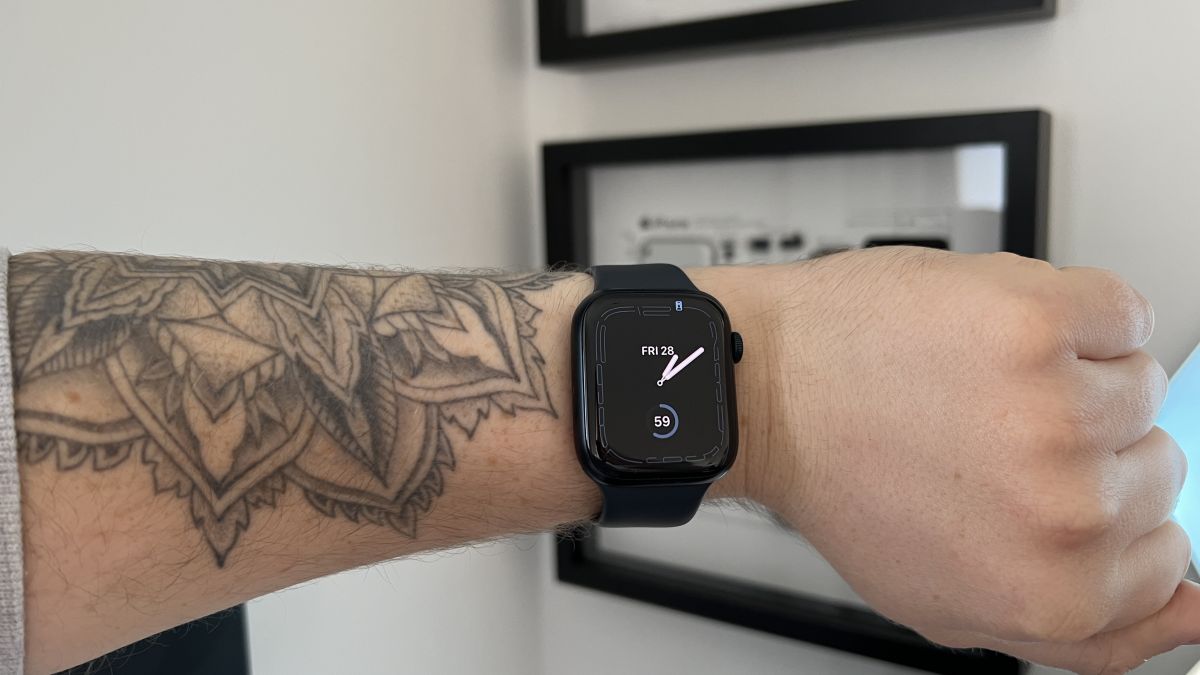The new app is called watchGPT and as I tipped off already, it gives you access to ChatGPT from your Apple Watch. Now the $10,000 question (or more accurately the $3.99 question, as that is the one-time cost of the app) is why having ChatGPT on your wrist is remotely necessary, so let’s dive into what exactly the app can do.
NEWS
On TikTok, Black creators’ dance strike calls out creative exploitation


There’s a new Megan Thee Stallion music video out in time for triple digit temperatures. But instead of launching a fresh viral TikTok dance for summer, the single inspired an informal protest among Black creators tired of thanklessly launching trends into the social media stratosphere.
With the release of the video for “Thot Shit,” some Black TikTok creators began calling attention to that exploitation this week, inspiring others to refuse to choreograph a dance to the hit song. The idea behind the movement is that Black artists on the platform create a disproportionate amount of content and culture — much of which is re-packaged and monetized by popular white creators and culture at large.
The song choice probably isn’t a coincidence. The Megan Thee Stallion video is both a playful but important paean to essential workers — twerking grocery, food service and sanitation workers, in this case — and a biting commentary on the wealthy white establishment that exploits their labor without thinking twice.
The “strike” doesn’t have creators leaving the platform or even staying off of the app. Instead, Black creators who might normally contribute dances for the hot new song are sitting back and pointing to what happens when they’re not around. (Predictably: not a lot.)
On the sound’s page, some videos tease choreography but pivot into a statement about how Black creators don’t get their due on the app. In other videos, Black creators watch on in horror at awkward dance attempts failing to fill the void or laugh about how the song’s lyrics are instructional but non-Black TikTok still can’t figure it out.
The eminently danceable “Thot Shit” could build into Megan Thee Stallion’s biggest hit yet, but just looking on TikTok you wouldn’t know it.
When reached for comment on the phenomenon, TikTok praised Black creators as a “critical and vibrant” part of the community.
“We care deeply about the experience of Black creators on our platform and we continue to work every day to create a supportive environment for our community while also instilling a culture where honoring and crediting creators for their creative contributions is the norm,” a TikTok spokesperson said.
Many TikTok accounts participating in the strike cite a recent explosion of white TikTokkers lip-syncing obliviously to a clip of Nicki Minaj’s 2016 song “Black Barbies” that specifically praises Black bodies (“I’m a fucking Black Barbie/Pretty face, perfect body…”). White TikTok inexplicably flocked to the sound, boosting its popularity and crowding out Black creators.
It’s just one incident in a long history of Black creators feeling exploited and appropriated on social networks. Black TikTok dancers have long been left in the cold: Their original dance moves explode in popularity and get picked up by non-Black creators, who also pick up the credit along the way.
The recent strike is the latest beat in the ongoing conversation over who gets to cash in on the wellspring of creativity that pours out of a platform like TikTok. More broadly, some creators believe that TikTok’s economics are stacked against them, even compared to other major platforms like YouTube. Across social media sites, creators, particularly creators of color, are turning to collective action and even unionizing to assert their power.
For Black creators tired of seeing their work appropriated, collectively refusing to gift the world a hot new TikTok dance is certainly one way to show just how vital they are to the online ecosystem — something even a quick glance at the desolate “Thot Shit” sound makes abundantly clear.
Facebook Faces Yet Another Outage: Platform Encounters Technical Issues Again

Uppdated: It seems that today’s issues with Facebook haven’t affected as many users as the last time. A smaller group of people appears to be impacted this time around, which is a relief compared to the larger incident before. Nevertheless, it’s still frustrating for those affected, and hopefully, the issues will be resolved soon by the Facebook team.
Facebook had another problem today (March 20, 2024). According to Downdetector, a website that shows when other websites are not working, many people had trouble using Facebook.
This isn’t the first time Facebook has had issues. Just a little while ago, there was another problem that stopped people from using the site. Today, when people tried to use Facebook, it didn’t work like it should. People couldn’t see their friends’ posts, and sometimes the website wouldn’t even load.
Downdetector, which watches out for problems on websites, showed that lots of people were having trouble with Facebook. People from all over the world said they couldn’t use the site, and they were not happy about it.
When websites like Facebook have problems, it affects a lot of people. It’s not just about not being able to see posts or chat with friends. It can also impact businesses that use Facebook to reach customers.
Since Facebook owns Messenger and Instagram, the problems with Facebook also meant that people had trouble using these apps. It made the situation even more frustrating for many users, who rely on these apps to stay connected with others.
During this recent problem, one thing is obvious: the internet is always changing, and even big websites like Facebook can have problems. While people wait for Facebook to fix the issue, it shows us how easily things online can go wrong. It’s a good reminder that we should have backup plans for staying connected online, just in case something like this happens again.
NEWS
We asked ChatGPT what will be Google (GOOG) stock price for 2030

Investors who have invested in Alphabet Inc. (NASDAQ: GOOG) stock have reaped significant benefits from the company’s robust financial performance over the last five years. Google’s dominance in the online advertising market has been a key driver of the company’s consistent revenue growth and impressive profit margins.
In addition, Google has expanded its operations into related fields such as cloud computing and artificial intelligence. These areas show great promise as future growth drivers, making them increasingly attractive to investors. Notably, Alphabet’s stock price has been rising due to investor interest in the company’s recent initiatives in the fast-developing field of artificial intelligence (AI), adding generative AI features to Gmail and Google Docs.
However, when it comes to predicting the future pricing of a corporation like Google, there are many factors to consider. With this in mind, Finbold turned to the artificial intelligence tool ChatGPT to suggest a likely pricing range for GOOG stock by 2030. Although the tool was unable to give a definitive price range, it did note the following:
“Over the long term, Google has a track record of strong financial performance and has shown an ability to adapt to changing market conditions. As such, it’s reasonable to expect that Google’s stock price may continue to appreciate over time.”
GOOG stock price prediction
While attempting to estimate the price range of future transactions, it is essential to consider a variety of measures in addition to the AI chat tool, which includes deep learning algorithms and stock market experts.
Finbold collected forecasts provided by CoinPriceForecast, a finance prediction tool that utilizes machine self-learning technology, to anticipate Google stock price by the end of 2030 to compare with ChatGPT’s projection.
According to the most recent long-term estimate, which Finbold obtained on March 20, the price of Google will rise beyond $200 in 2030 and touch $247 by the end of the year, which would indicate a 141% gain from today to the end of the year.
Google has been assigned a recommendation of ‘strong buy’ by the majority of analysts working on Wall Street for a more near-term time frame. Significantly, 36 analysts of the 48 have recommended a “strong buy,” while seven people have advocated a “buy.” The remaining five analysts had given a ‘hold’ rating.

The average price projection for Alphabet stock over the last three months has been $125.32; this objective represents a 22.31% upside from its current price. It’s interesting to note that the maximum price forecast for the next year is $160, representing a gain of 56.16% from the stock’s current price of $102.46.
While the outlook for Google stock may be positive, it’s important to keep in mind that some potential challenges and risks could impact its performance, including competition from ChatGPT itself, which could affect Google’s price.
Disclaimer: The content on this site should not be considered investment advice. Investing is speculative. When investing, your capital is at risk.
NEWS
This Apple Watch app brings ChatGPT to your wrist — here’s why you want it

ChatGPT feels like it is everywhere at the moment; the AI-powered tool is rapidly starting to feel like internet connected home devices where you are left wondering if your flower pot really needed Bluetooth. However, after hearing about a new Apple Watch app that brings ChatGPT to your favorite wrist computer, I’m actually convinced this one is worth checking out.
-

 SEO7 days ago
SEO7 days agoGoogle Limits News Links In California Over Proposed ‘Link Tax’ Law
-

 SEARCHENGINES6 days ago
SEARCHENGINES6 days agoGoogle Core Update Volatility, Helpful Content Update Gone, Dangerous Google Search Results & Google Ads Confusion
-

 SEO6 days ago
SEO6 days ago10 Paid Search & PPC Planning Best Practices
-

 MARKETING6 days ago
MARKETING6 days ago2 Ways to Take Back the Power in Your Business: Part 2
-

 MARKETING5 days ago
MARKETING5 days ago5 Psychological Tactics to Write Better Emails
-

 SEARCHENGINES5 days ago
SEARCHENGINES5 days agoWeekend Google Core Ranking Volatility
-

 PPC7 days ago
PPC7 days agoCritical Display Error in Brand Safety Metrics On Twitter/X Corrected
-

 MARKETING6 days ago
MARKETING6 days agoThe power of program management in martech













